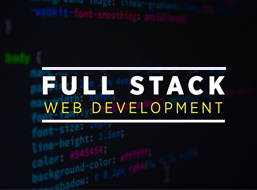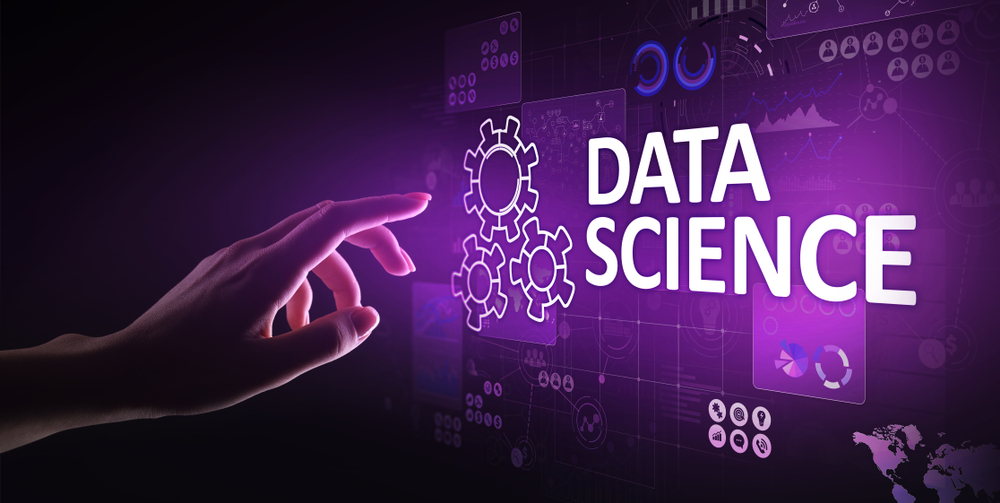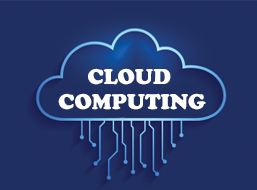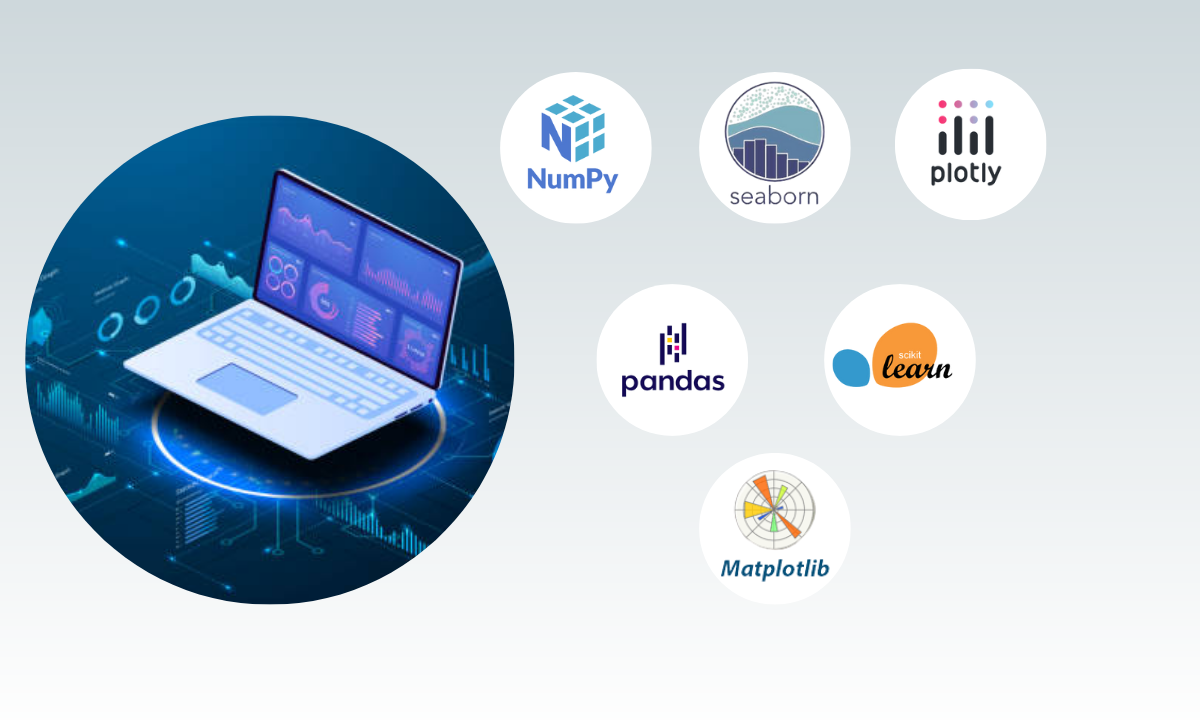Table of contents:
|
1. Why Python Is So Popular in Data Science |
|
2. Top Python Libraries in Data Science
|
|
3. How These Libraries Work Together |
|
4. Building Expertise Through a Data Science Course in Bangalore |
|
5. Tips to Master Python in Data Science |
|
6. Final Thoughts |
|
7. FAQs |
When it comes to Python libraries for data science, the possibilities are endless. Python has become the backbone of analytics, machine learning, and AI because of its flexibility and a vast collection of libraries.
These libraries simplify complex tasks, whether it’s handling large datasets, visualizing insights, or building predictive models. For anyone aspiring to become a data professional, learning these tools is a must.
If you’re planning to start your journey with a data science course in Bangalore, understanding these libraries will give you a strong foundation and an edge in your learning.
Let’s explore the most essential Python libraries you need to master, and one of them might just become your favorite toolkit.
Why Python Is So Popular in Data Science
We often wonder why every data scientist prefers Python.
It’s because Python is simple, open-source, and versatile.
It supports every step of a data project: data collection, cleaning, exploration, visualization, and model building.
Moreover, the community support is massive, which means help and tutorials are always available.
In short, Python in data science isn’t just a choice; it’s the standard.
Top Python Libraries in Data Science
Here’s a list of the most widely used libraries that every data analyst and scientist should know.
We will also include what they are used for and some practical examples.
|
Library |
Purpose |
Example Use Case |
|
NumPy |
Numerical operations |
Performing fast mathematical calculations on large datasets |
|
Pandas |
Data manipulation and cleaning |
Loading, cleaning, and analyzing structured data |
|
Matplotlib |
Data visualization |
Creating static charts like bar, line, and scatter plots |
|
Seaborn |
Advanced visualization |
Making visually appealing statistical graphs |
|
Plotly |
Interactive visualization |
Building dynamic dashboards and interactive charts |
|
Scikit-Learn |
Machine learning |
Building predictive models and evaluating their performance |
Let’s look at each one briefly.
NumPy
NumPy (Numerical Python) is the foundation of all data operations.
It introduces the array, a fast, flexible data structure for mathematical computation.
You can think of NumPy as the backbone of scientific computing in Python.
Example:
import numpy as np
data = np.array([1, 2, 3, 4])
print(data.mean()) # Outputs 2.5
Tip: Use NumPy arrays instead of Python lists for large data; it’s faster and more memory efficient.
Pandas
Pandas is the go-to library for data manipulation.
It helps you clean, reshape, and analyze structured data efficiently.
You can use DataFrames, which act like smart Excel sheets, allowing filtering, sorting, merging, and aggregation.
Example:
import pandas as pd
df = pd.read_csv('sales.csv')
print(df.describe())
With just one command, you get summary statistics of your dataset.
Why it matters:
Pandas allows us to prepare raw data for deeper analysis or machine learning models quickly and cleanly.
Matplotlib
Matplotlib is the oldest and most powerful visualization library in Python.
It helps create static charts, bar graphs, histograms, pie charts, scatter plots, and more.
Example:
import matplotlib.pyplot as plt
plt.plot([1,2,3,4], [10,20,25,30])
plt.show()
Tip: Always label your axes and title your graphs; it makes data interpretation clearer.
Matplotlib forms the base for other advanced visualization libraries like Seaborn and Plotly.
Seaborn
Seaborn is built on top of Matplotlib but takes visualization to the next level.
It allows us to create beautiful, color-rich, and informative statistical graphics with just a few lines of code.
Example:
import seaborn as sns
sns.set(style="whitegrid")
sns.boxplot(x="category", y="value", data=df)
It’s excellent for understanding distributions, relationships, and trends in data.
Why it’s useful:
Seaborn’s simplicity saves time and helps visualize data storytelling effortlessly.
Plotly
When you want interactive, web-ready visualizations, Plotly is the answer.
It lets you zoom, hover, and filter data visually, which is perfect for dashboards and business reports.
Example:
import plotly.express as px
fig = px.line(df, x='Year', y='Revenue')
fig.show()
Tip: Use Plotly when you want your audience to interact with your visualizations, especially for presentations or dashboards.
Scikit-Learn
Scikit-Learn is the most popular machine learning library in Python.
It provides tools for classification, regression, clustering, and model evaluation, all in one place.
Example:
from sklearn.linear_model import LinearRegression
model = LinearRegression()
model.fit(X_train, y_train)
With Scikit-Learn, you can build end-to-end predictive models with minimal code.
Why it matters: It’s beginner-friendly, well-documented, and widely used in the industry.
How These Libraries Work Together
Each library plays a unique role, but they complement each other beautifully.
For example:
-
You use Pandas to load and clean your data.
-
Apply NumPy for mathematical calculations.
-
Use Seaborn or Matplotlib for data visualization.
-
Then train models with Scikit-Learn and present them interactively with Plotly.
This combination makes Python the most complete and powerful ecosystem for data professionals.
Building Expertise Through a Data Science Course in Bangalore
If you are serious about mastering Python for data science, structured training helps you learn faster.
A data science course in Bangalore provides guided mentorship, practical labs, and real-world projects.
You will not only learn these libraries but also how to integrate them for end-to-end projects, like predicting stock prices or analyzing customer trends.
Tips to Master Python in Data Science
Here are a few practical tips from our experience:
|
Tip |
Why It Helps |
|
Practice daily with small datasets |
Builds confidence and familiarity |
|
Participate in Kaggle challenges |
Helps apply skills to real problems |
|
Work on end-to-end projects |
Demonstrates applied knowledge |
|
Read library documentation |
Deepens understanding of each function |
|
Join online communities |
Keeps you updated with trends |
Learning is all about consistency. The more you code, the more confident you will become.
Final Thoughts
Python remains the most loved programming language among data scientists for a reason. The most common Python libraries for data science make it easier to analyze, visualize, and model data efficiently.
By mastering these tools, you will open doors to exciting career opportunities in analytics, AI, and machine learning.
If you are ready to take the next step, joining a data science course in Bangalore can give you the structured guidance you need.
At Apponix Training Institute in Bangalore, we have designed our training to help you gain practical experience, work on real datasets, and confidently start your journey in data science.
FAQs
Q1: Why are Python libraries important in data science?
They simplify complex data tasks like cleaning, analysis, and visualization, saving time and effort while improving accuracy and consistency in workflows.
Q2: Which are the most common Python libraries for data science?
NumPy, Pandas, Matplotlib, Seaborn, Plotly, and Scikit-Learn are widely used for data handling, visualization, and machine learning.
Q3: Can beginners learn Python for data science easily?
Yes, Python is beginner-friendly with clear syntax, a large community support, and extensive tutorials for learners at all levels.
Q4: What are some practical projects for learners?
Projects like sales forecasting, customer segmentation, movie recommendations, and data visualization dashboards strengthen your understanding.
Q5: Why choose a Training Institute in Bangalore for data science?
Bangalore offers access to top mentors, real-time projects, and career opportunities in India’s leading tech ecosystem.




